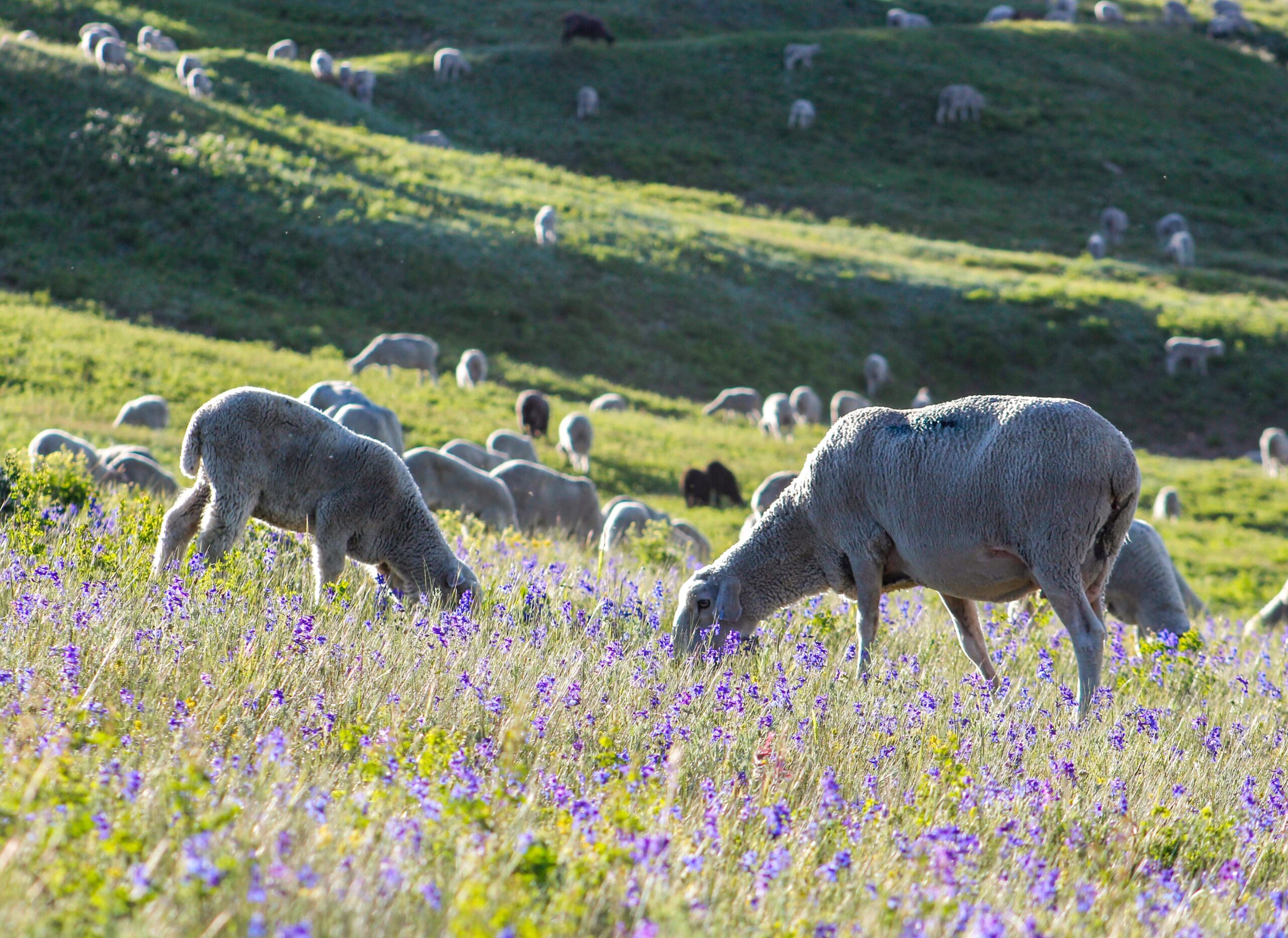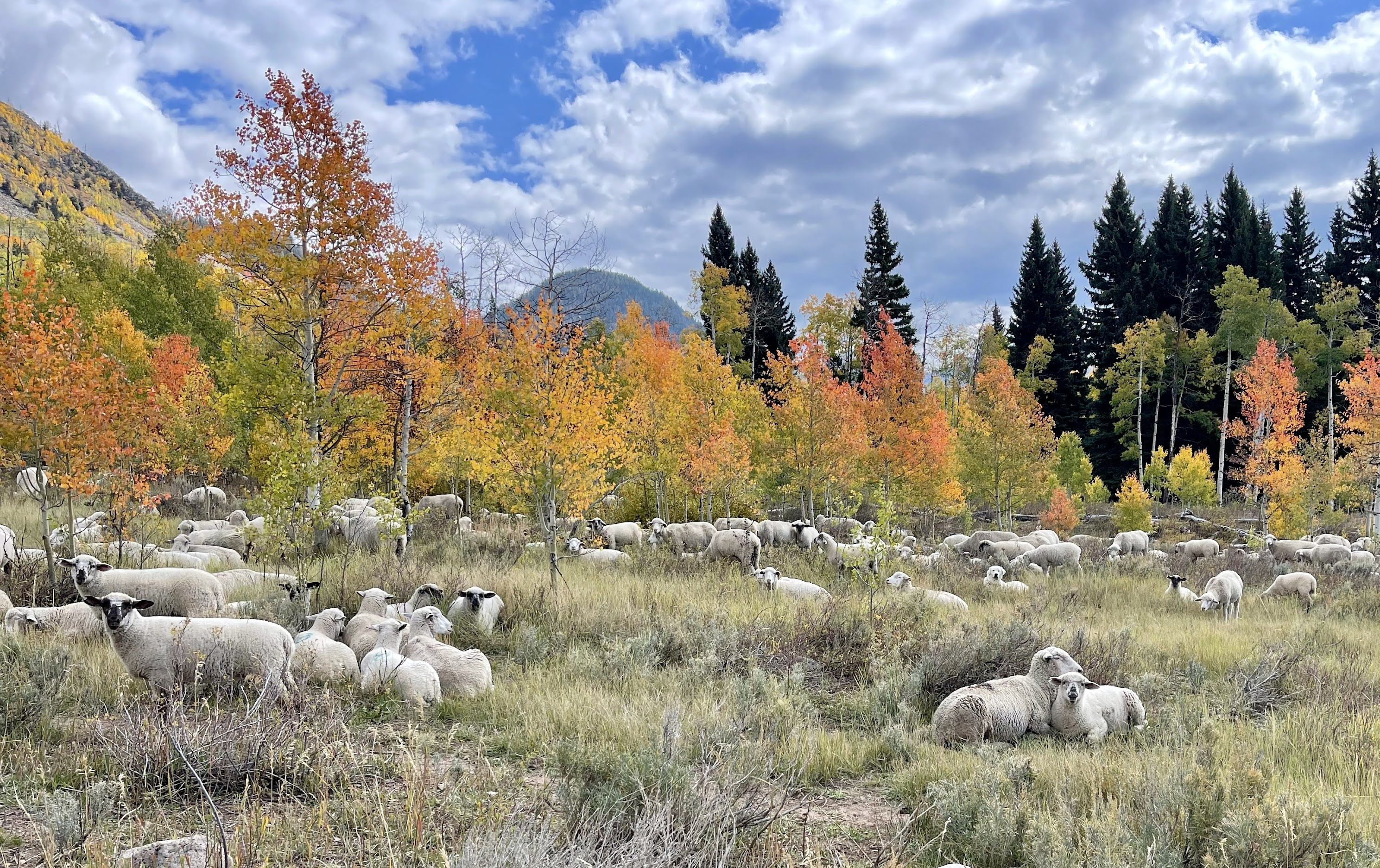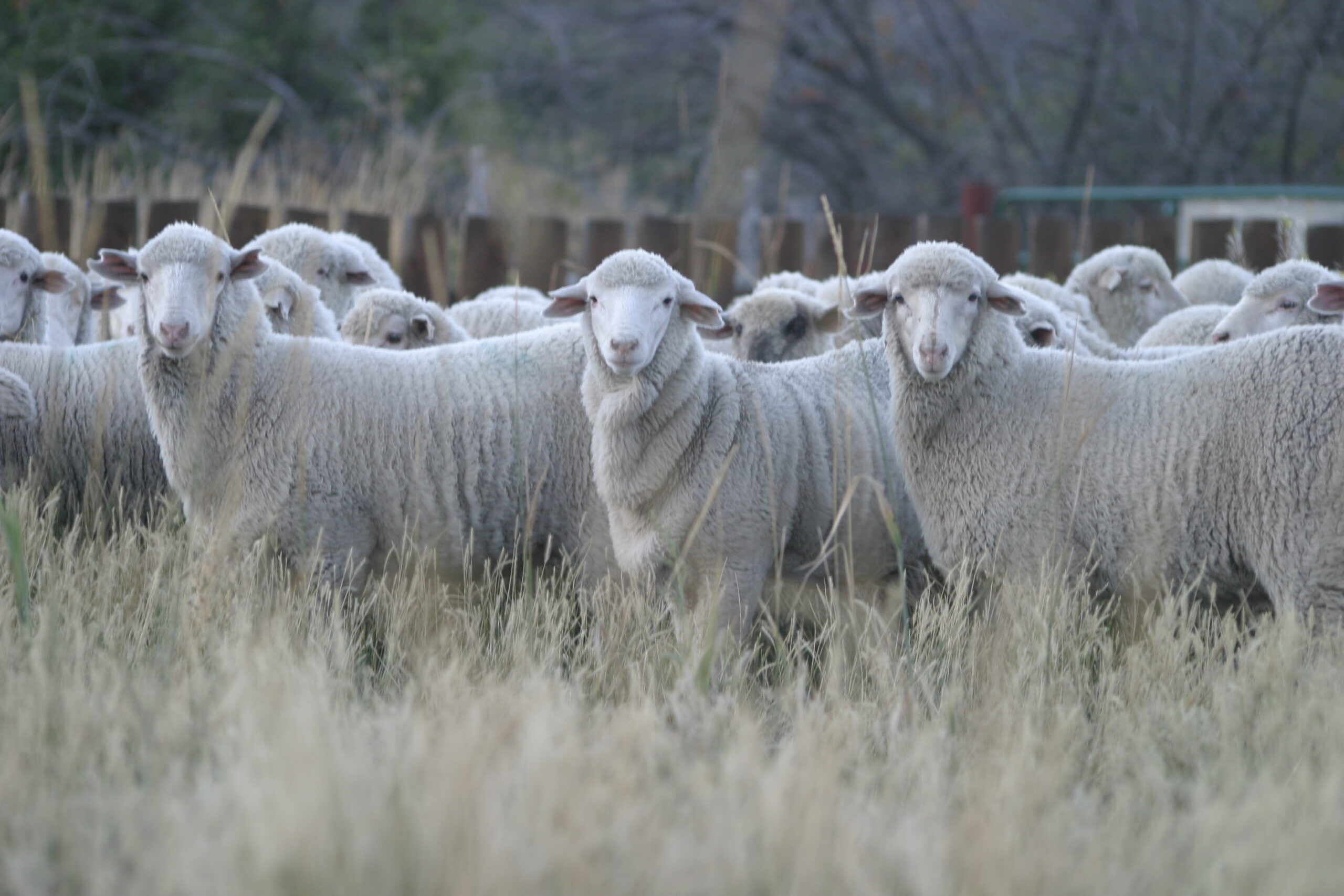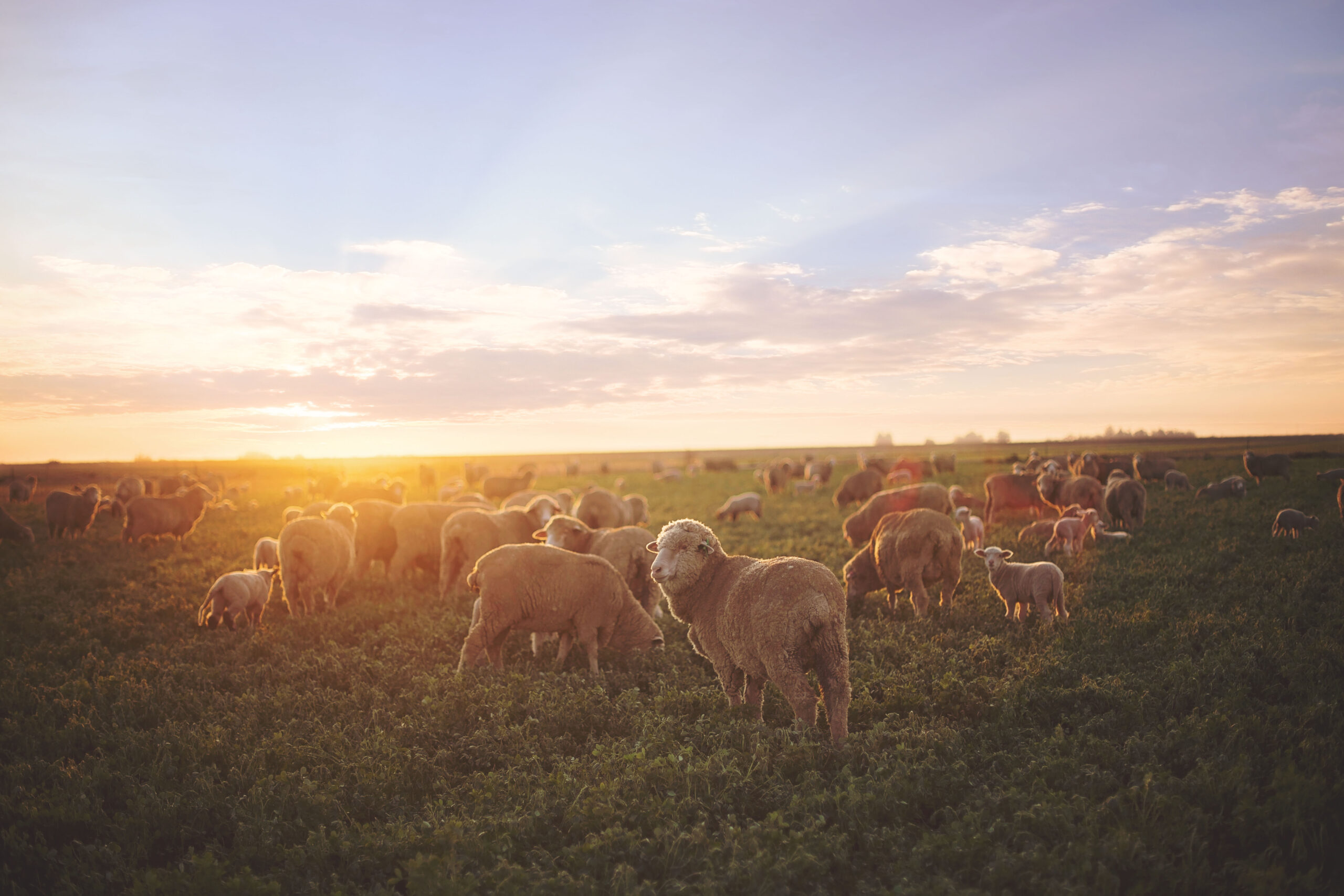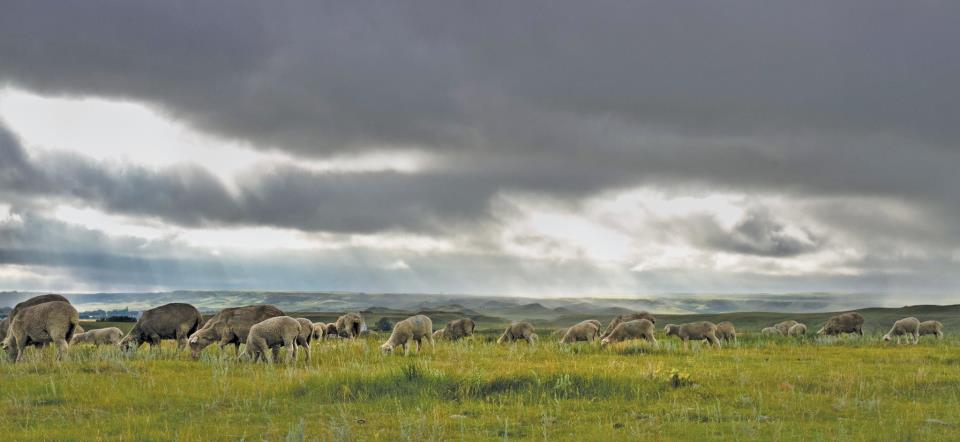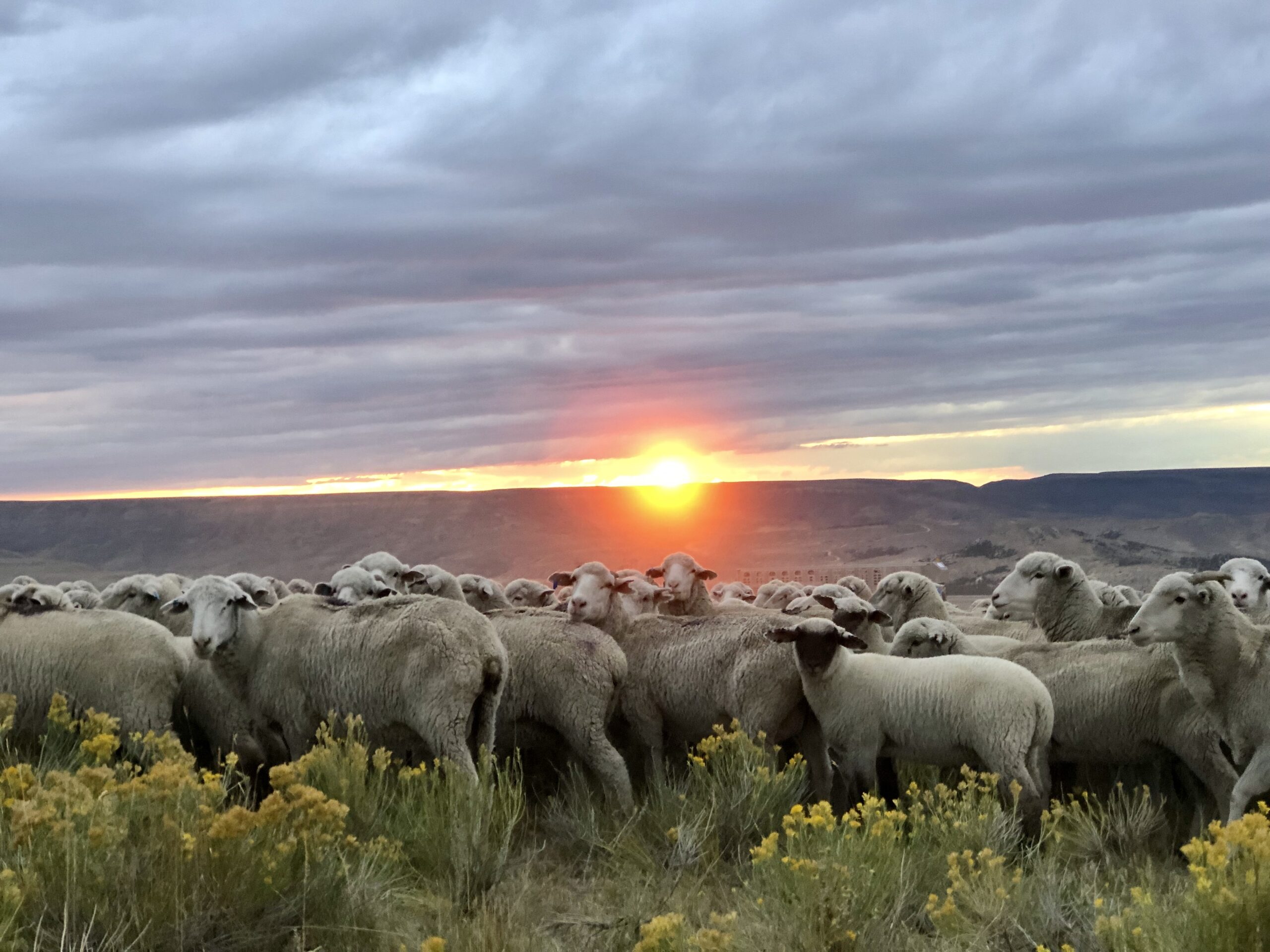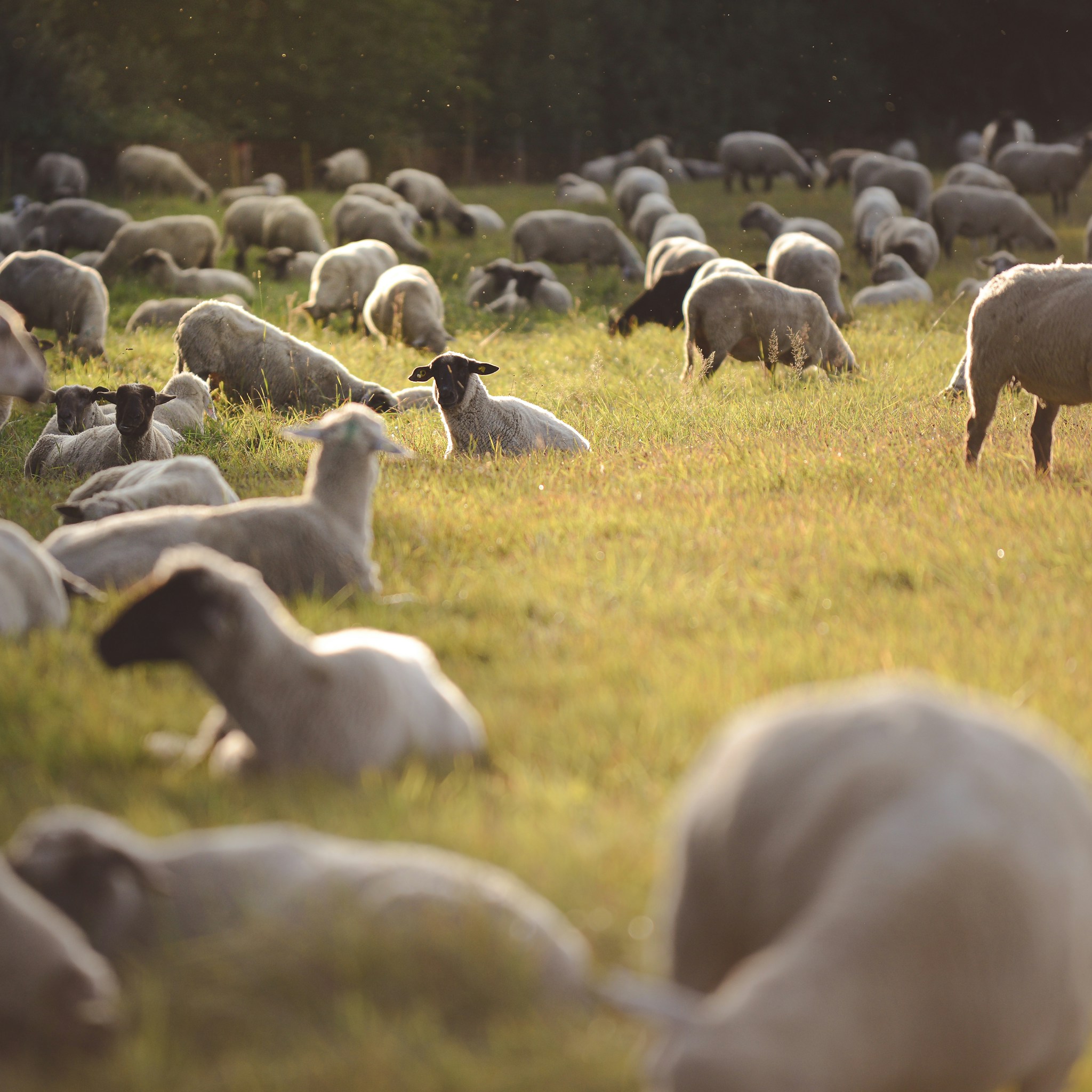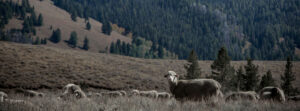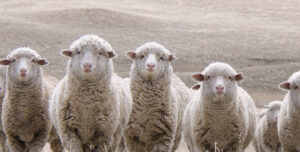Land Stewardship
Regenerative Agriculture: A Better Future for Our Land
Effective land management is at the heart of wool production, ensuring harmony between agricultural practices and the environment. Wool producers not only care for the sheep they raise but are also steward the lands they manage. Implementing sustainable and regenerative practices can benefit biodiversity, soil health, and carbon sequestration.
A Step Towards a Healthier Planet
Increased
Regenerative grazing practices result in the proliferation of dozens of plant species, creating thriving habitats for pollinators and wildlife.
+3,000 lbs
Wool production helps sequester more than 3,000 lbs of carbon per hectare annually, reducing the industry’s carbon footprint.
+15- 25%
Regenerative grazing improves soil organic carbon by 15-25% over 5-10 years, enhancing fertility and water retention.

+65%
Healthy soils can reduce runoff by more than 65%, significantly decreasing sedimentation and safeguarding rivers, lakes, and marine ecosystems.
2x
Sheep grazing in forested areas can double the amount of healthy trees and increase each tree's growth by 30% compared with areas not grazed.
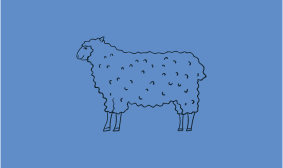
You don’t just raise sheep—you raise land, water, and grass for the next generation." - Cameron Krebs, Sheep Rancher

Explore How Ranchers Enhance Ecosystems and Protect Natural Resources
Discover the Full Impact of Wool
Natural, Sustainable, American-Grown
Learn More
